Unmasking the Western Diet: The Hidden Effects on Our Health
June 30, 2023
 1082
1082 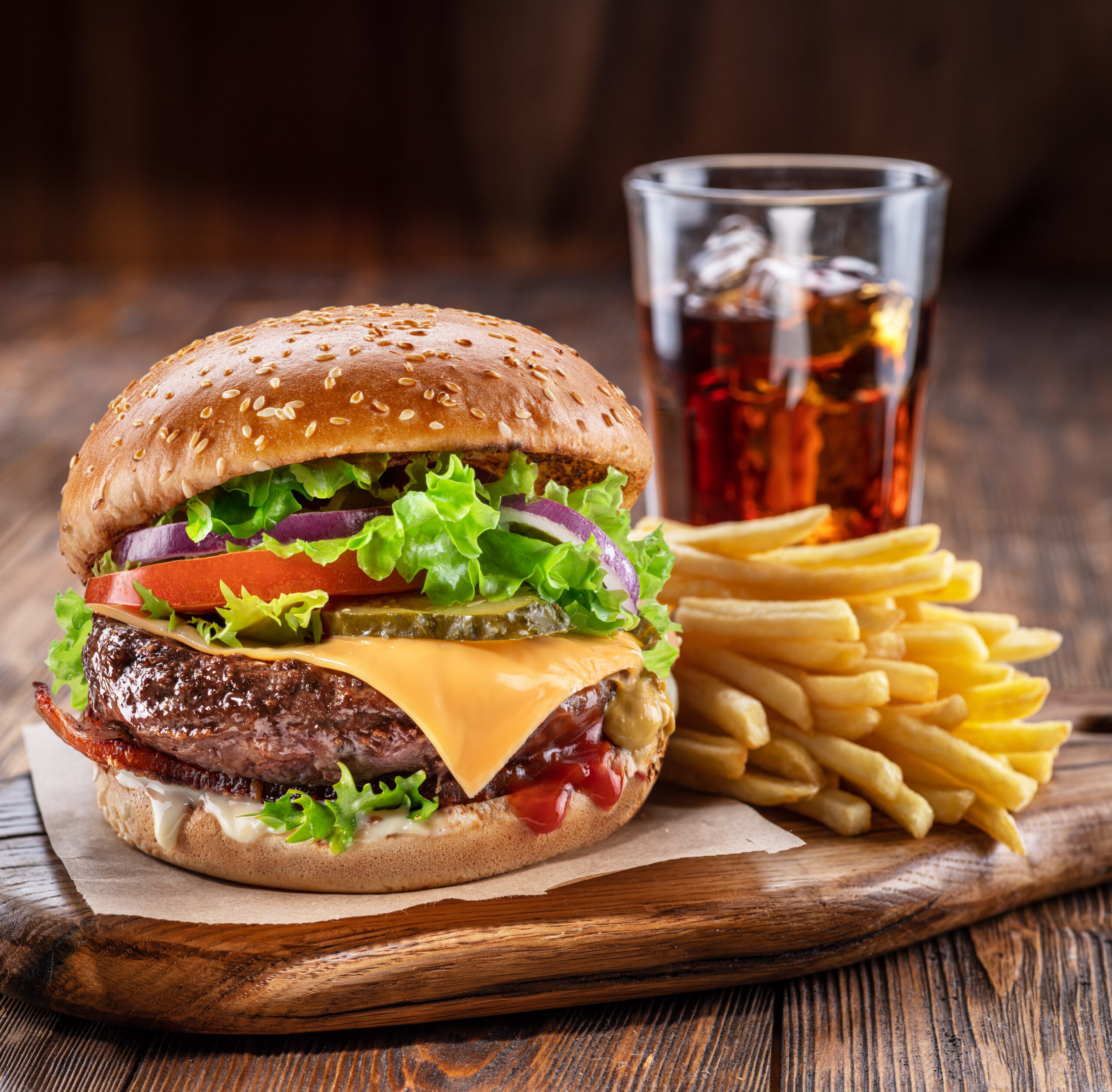
Written By: Jack Riess NASM Certified Personal Trainer and Life-long Researcher of Health and Longevity.
Have you ever wondered about the kind of food you eat every day?
Imagine a giant plate loaded with hamburgers, french fries, soda pop, and maybe a piece of cake for dessert.
Yummy, right? But, oh dear!
This meal is a classic example of what scientists call the ‘Western diet.’ And, it’s a bit like a superhero movie – but without the superheroes.
There’s a lot of action going on inside our bodies when we eat this way, and unfortunately, not all of it is good.
In fact, there’s a group of smart researchers who’ve been looking into this.
They’re a bit like health detectives, and they’ve discovered some pretty surprising things about how this Western diet might be affecting our bodies.
This blog post is all about sharing their latest discoveries with you.
We’re going to dig deep and see if we can solve some of the mysteries surrounding the Western diet.
We’ll look at what makes up this diet and why it could be a bit of a villain when it comes to our health.
So, buckle up! It’s time to take a fantastic journey through the world of food, science, and health.
The Evolution of the Human Diet
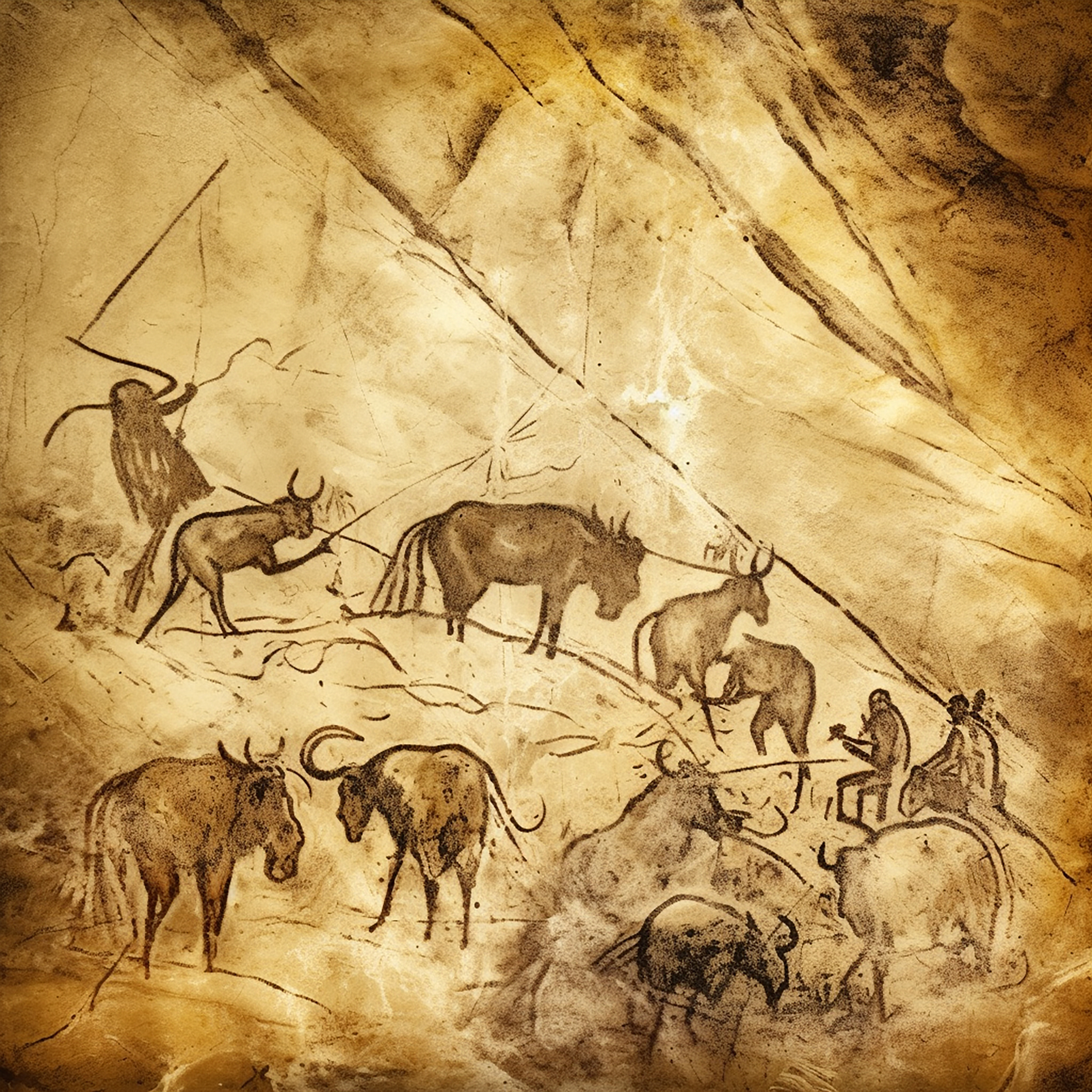
Picture this – thousands of years ago, our ancestors were living in caves, hunting animals, and gathering fruits and veggies from the wild.
No fries, no soda, no candies – they couldn’t even dream about these foods! They were tough, outdoorsy folks eating what nature had to offer. We could call it the “caveman diet.”
Then, a great big wheel of changes started turning, and boy, did it bring a feast!
The industrial revolution came along and changed everything, just like a magic wand.
Suddenly, humans had new ways to raise animals and grow crops.
We learned how to make different kinds of foods and how to mix and match them in ways our caveman ancestors could never have imagined.
In the blink of an eye (well, maybe a couple of hundred years, but that’s quick in the grand scheme of things!), our plates began to look very different.
We now had stuff like dairy products, alcohol, and cereals – foods that the caveman wouldn’t recognize.
Our meals became full of processed foods, like cakes, cookies, and cereals, all loaded with a sweet thing called sugar.
But here’s where the plot thickens.
Around the same time our food started changing, doctors began noticing more people getting sick with problems like obesity (that’s when someone is very overweight), heart disease, and diabetes (a disease that affects how your body uses sugar).
It was as if with every tasty bite, we were inviting these unwanted guests into our bodies!
So, we find ourselves in a bit of a pickle – we’ve got delicious food that’s easy to get and fun to eat, but it’s also causing some serious health problems.
It’s a bit like enjoying the world’s most thrilling roller coaster, only to find out it’s making us feel sick afterwards.
Stay tuned as we unravel this mystery further, discovering why our Western diet might be the sneaky culprit behind these health issues.
Defining the Western Diet
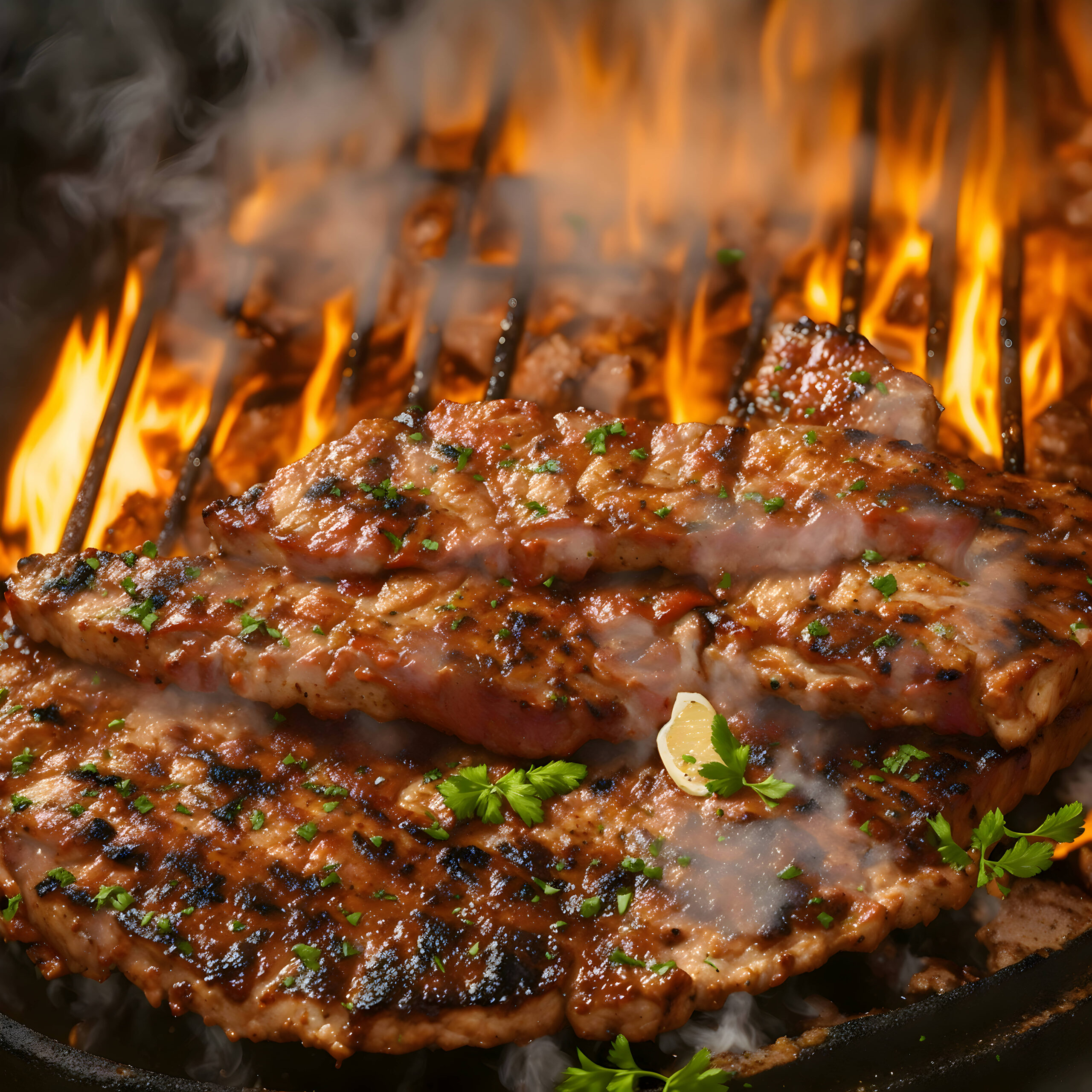
So, what exactly is this Western diet that we’ve been talking about?
Imagine a kid in a candy store, eyes wide open at all the sugary treats, fizzy drinks, and all the fast food you can think of.
That’s pretty much the Western diet.
It’s full of processed foods (the kind that come in boxes and bags), sugary soft drinks, and fast foods like burgers, fries, and pizzas.
It’s kind of like a non-stop party of all the tasty but not-so-healthy foods.
The trouble is, these foods are what scientists call “nutrient-poor” and “energy-dense.”
That’s a fancy way of saying they have lots of calories but not much of the good stuff our bodies need, like vitamins and minerals.
Now, let’s take a trip across the ocean to a place where the food is a bit different – the sunny, scenic Mediterranean region.
The people here follow the Mediterranean diet, which is like the superhero of diets.
Instead of the sugary treats and processed foods we find in the Western diet, they eat lots of fruits and vegetables, whole grains (that’s food made from the entire grain, like brown rice or whole wheat bread), legumes (like beans and lentils), and healthy fats from olive oil and nuts.
It’s like they’re having a constant feast of nature’s best goodies.
So, the Western diet is a bit like a wild roller coaster ride – it’s exciting and fun, but it might leave you feeling a bit queasy in the end.
The Mediterranean diet, on the other hand, is more like a peaceful, sunny picnic in the park – it’s enjoyable, and it leaves you feeling good inside and out.
Next, let’s dive into the mystery of how the Western diet might be causing all those health problems we talked about.
Impact of the Western Diet on Health
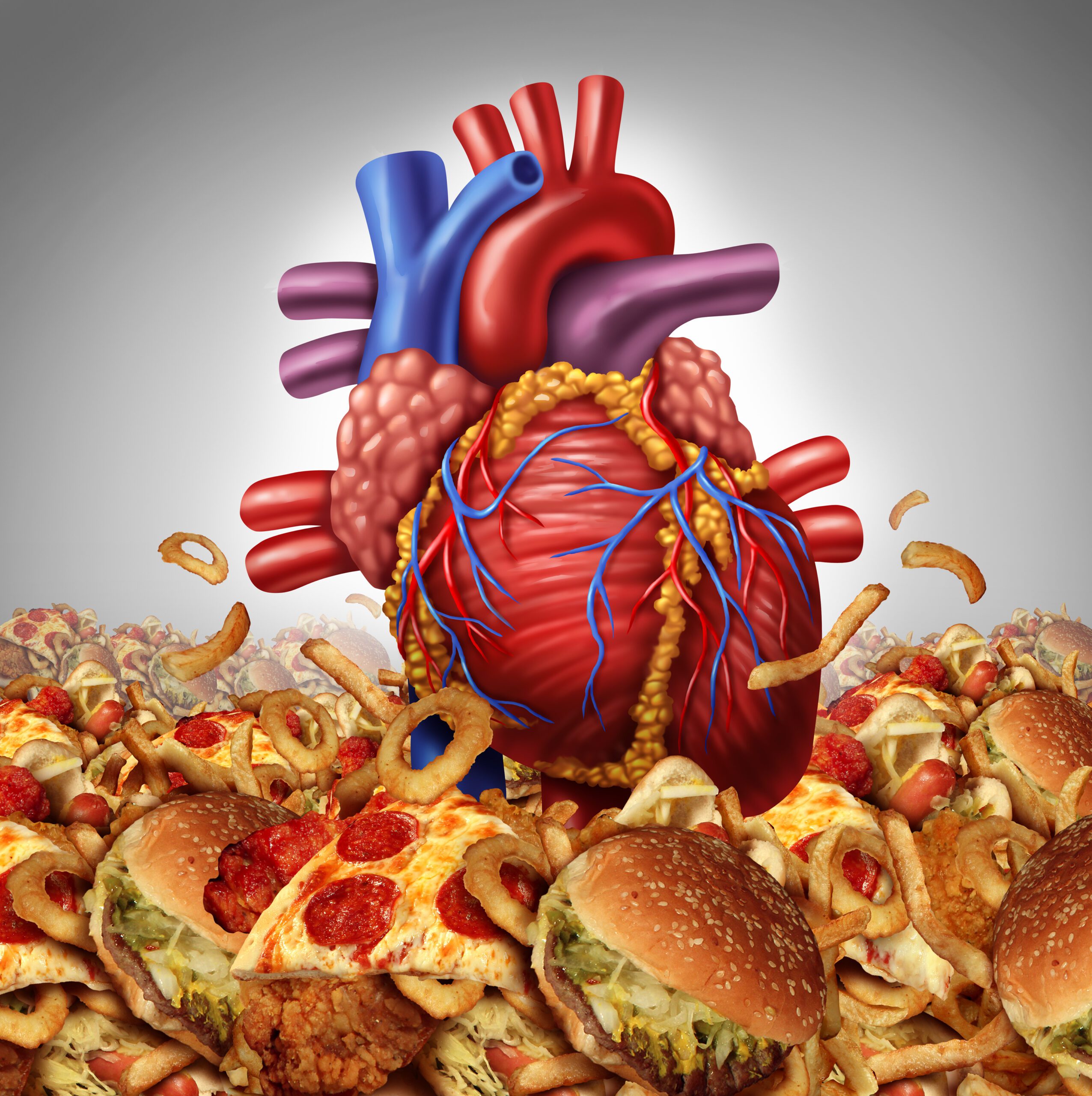
Now, let’s play detective and look at some clues about why the Western diet might be causing problems.
It turns out this diet is a bit like a mischief-maker, stirring up trouble in our bodies that can lead to chronic diseases.
These are long-lasting illnesses like heart disease and diabetes that don’t just go away with a bit of rest or medicine.
Our health detectives have found that the Western diet can cause changes in our bodies right down to our genes – the tiny parts inside our cells that carry instructions for everything our bodies do.
Imagine your genes are like a set of recipe cards for your body. The Western diet messes with these recipe cards, changing the instructions and leading to all sorts of mix-ups.
Another surprise is that the Western diet can alter our gut microbiome.
That’s a fancy name for the millions of tiny, friendly bugs living in our stomachs that help us digest food.
The Western diet is like a party crasher, disrupting the harmonious get-together of these tiny bugs, leading to more health mix-ups.
Now let’s talk about some tiny troublemakers called free radicals and pro-oxidant compounds.
These little rascals are like tiny bullies that increase something called oxidative stress in our bodies, leading to inflammation – that’s when parts of your body get red, swollen, and sometimes painful.
It’s a bit like having a sprained ankle, but on the inside.
The Western diet doesn’t stop there, though.
It also messes with our bodies’ fat levels, leading to what doctors call ‘unfavourable lipid profiles.’
It’s like the diet is a naughty student that keeps tipping the scales in the wrong direction, increasing bad fats (LDL) and decreasing good fats (HDL).
This can cause more inflammation and harm to our bodies.
So, the Western diet is a bit like a charming villain – it looks good and tastes great, but it’s secretly causing all sorts of havoc in our bodies.
Stay with us as we figure out how to turn this villain into a hero!
The Puzzle of Changing Our Diets
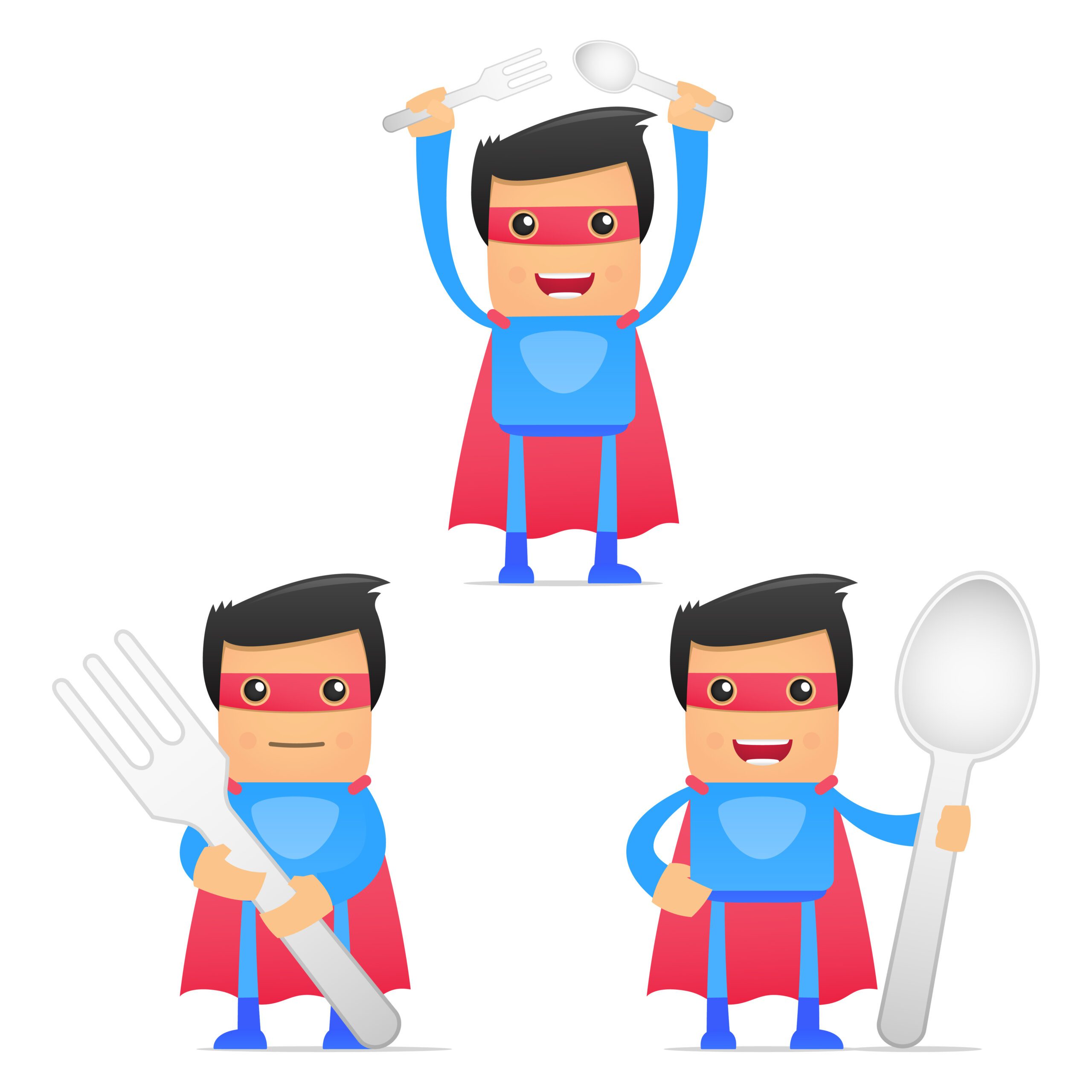
It’s not all doom and gloom, though!
Just like how a superhero can change a villain’s ways, we can replace the not-so-healthy parts of the Western diet with better alternatives.
Imagine swapping out the fries for a vibrant salad, the sugary soda for a fresh fruit juice, or the chocolate chip cookie for a handful of nuts.
It’s like transforming the villain into a hero, piece by piece.
This could help fight the body’s inflammation and protect us against diseases.
But here’s the tricky part.
Making these changes is a bit like climbing a mountain; there are lots of obstacles to overcome.
For some folks, their wallets might not allow for fancy salads or fresh fruit juices.
Others may not know much about nutrition, like which foods are heroes and which ones are villains.
And then there are those who live in “food deserts” – places where healthy food options are as rare as a desert oasis.
The Adventure Continues
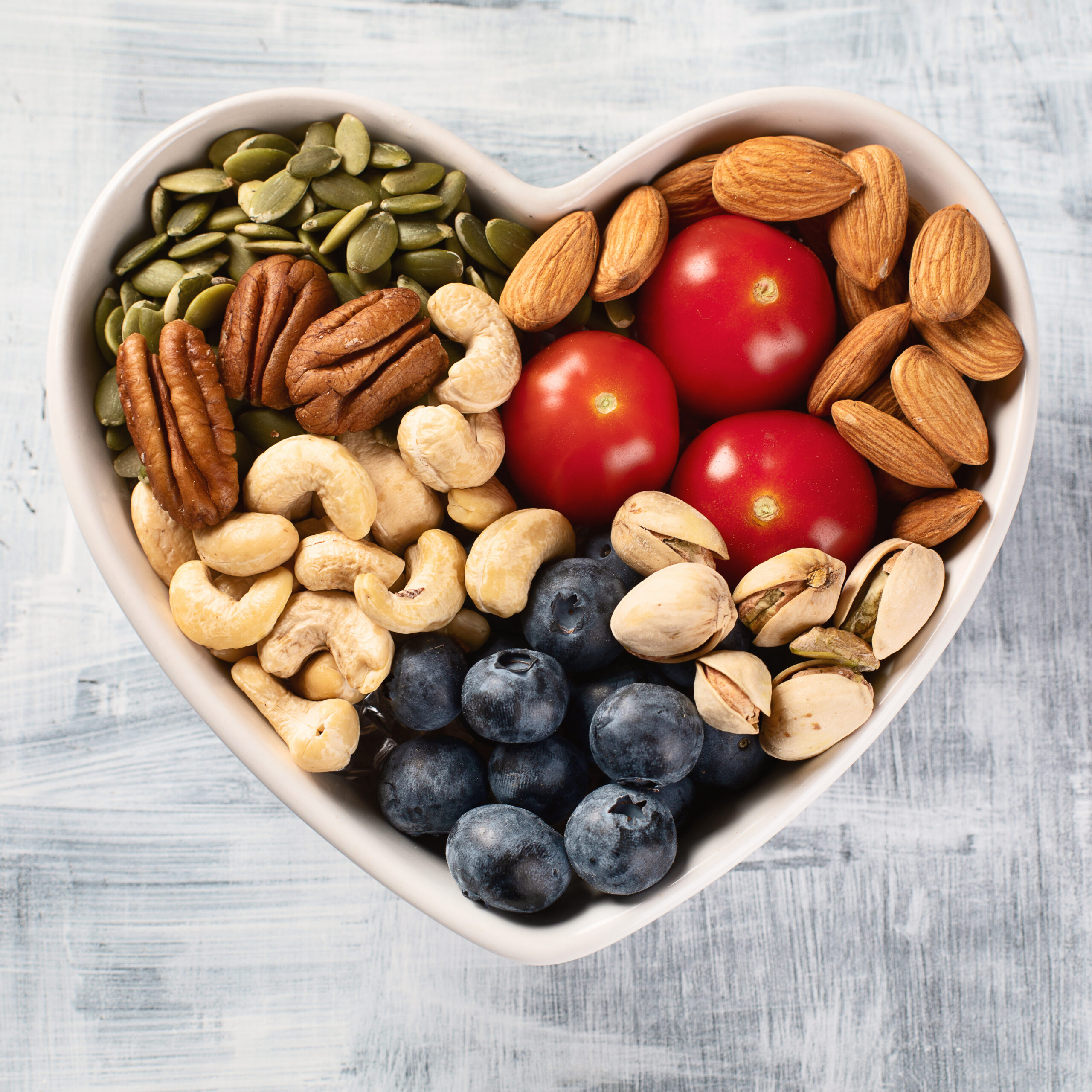
So, let’s recap this wild journey we’ve been on.
We’ve learned that the Western diet, with all its tasty treats, can be a bit of a mischief-maker, causing health problems and creating a bit of a mess in our bodies.
The diet has changed the game, altering our gene ‘recipe cards’ and messing with the friendly bugs in our gut.
But we’ve also learned that there’s hope.
We can turn the villainous Western diet into a hero by swapping out the unhealthy foods for healthier ones.
Yet, we also know that there are obstacles in our path, like money, knowledge, and the availability of healthy foods.
This is a story that needs a happy ending, but getting there isn’t going to be easy.
It’s going to take more detective work and action from all of us.
That means we need to learn more about the food we eat, make healthier choices when we can, and ask for help if we need it.
And for those who can, maybe it’s time to help make healthy food more available and affordable for everyone.
The adventure continues, and we’re all in it together!
The new “Weight Loss Side Kick”? How this naturally occurring plant can help you shed pounds without having any bad side effects. CLICK HERE to learn about this extraordinary breakthrough. You won’t find this info anywhere else!

A new study suggests that a widely used sugar substitute found in diet sodas, chewing gum, and low-sugar yogurt may elevate insulin levels. This could increase the long-term risk of heart disease. “Artificial sweeteners have infiltrated nearly all types of food, making it crucial to understand their long-term health effects,” said Yihai Cao, senior author […]

Diet Coke has long been a fan-favorite among soda lovers who want a fizzy, guilt-free alternative to traditional soft drinks. While its zero-calorie, zero-sugar label makes it seem like a healthier option, the reality is far more concerning. Despite its undeniable popularity, Diet Coke’s nutritional profile has raised red flags among health experts for years. […]

New study shows that embracing an anti-inflammatory, plant-forward diet can support cognitive function and help reduce the risk of dementia. What You Eat Shapes Your Brain The food you eat doesn’t just impact your body—it also affects your brain. Research suggests that eating an anti-inflammatory, plant-based diet can help improve memory, focus, and overall brain […]